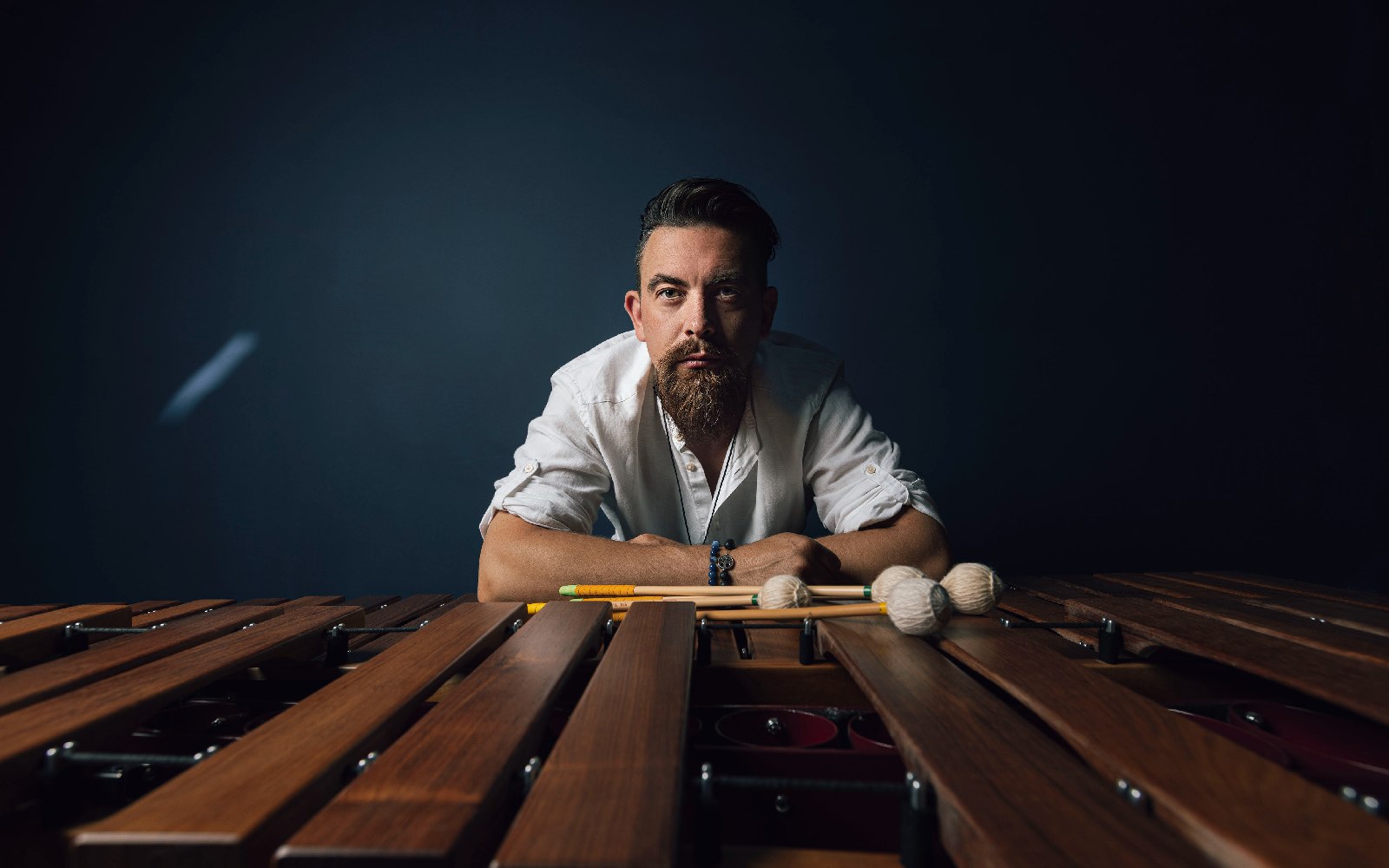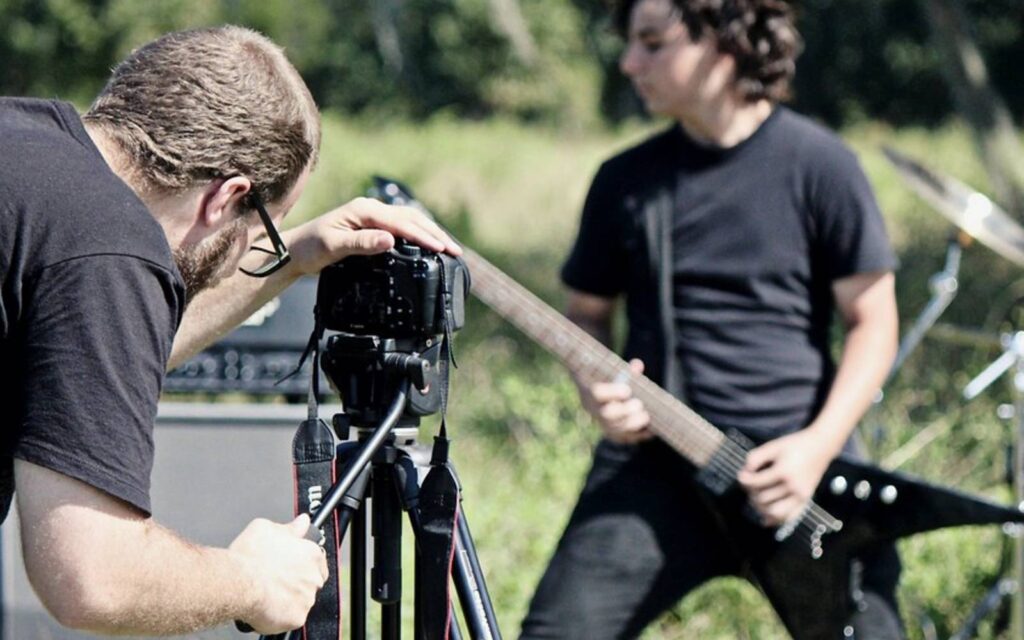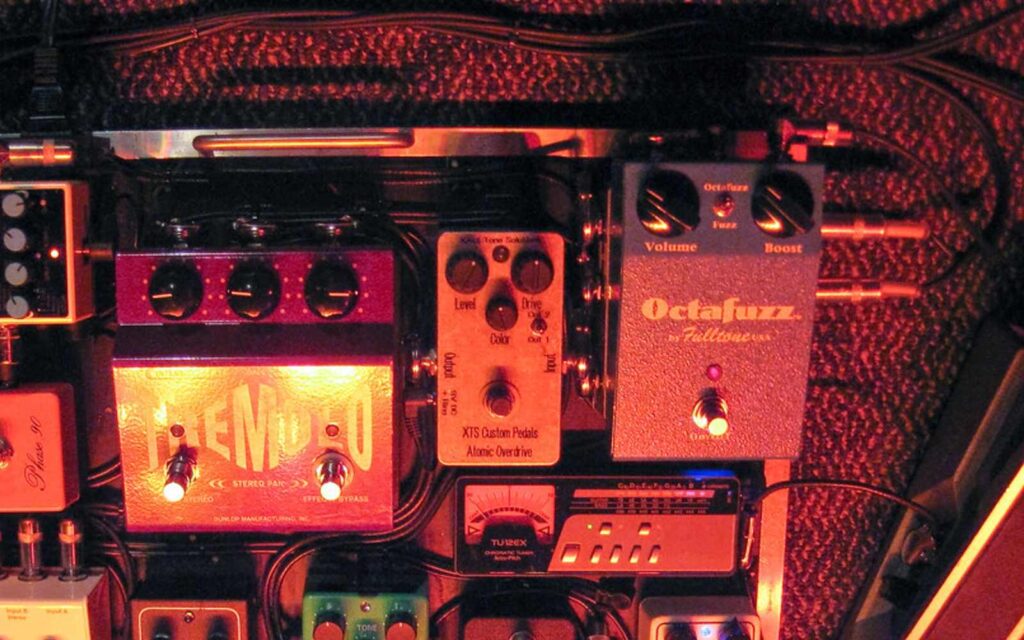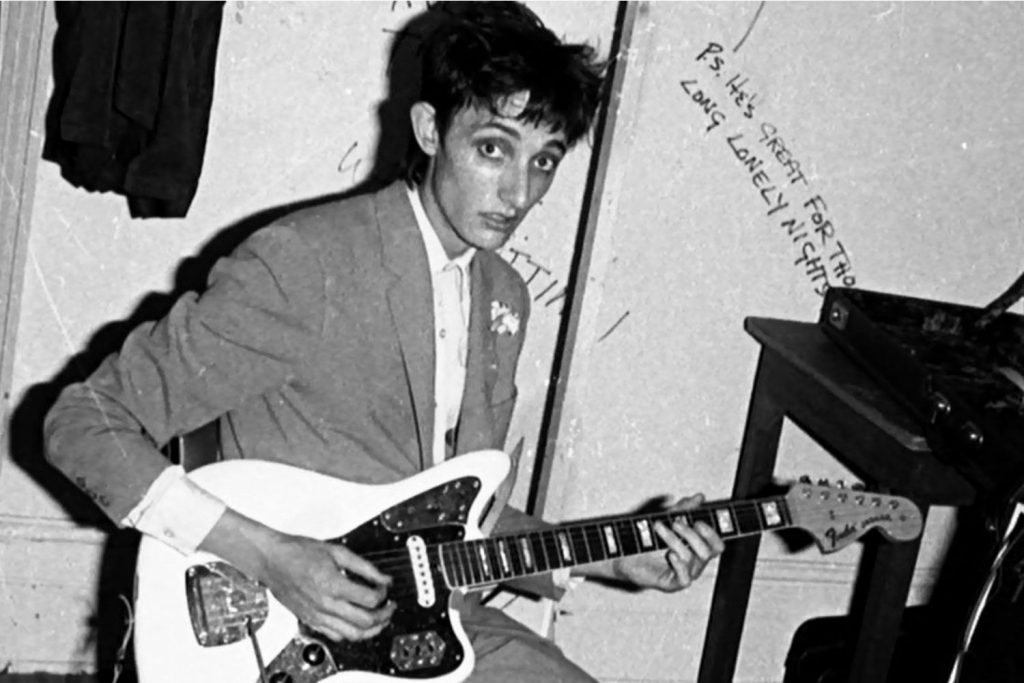Rihards Zalupe is a world-class composer, now officially of an Oscar-winning film: Flow.
The animated feature took home the “Best Animated Feature” award last night, Flow following a cat fighting to survive a seemingly abandoned world, at least abandoned by humans. Running into dogs, rising tides, a capybara and more, the film has a noticeable absence of spoken dialogue, though filled with an impressive score that tells the tale of fear, survival and friendship throughout.
“Animation is always a bit tricky,” begins Rihards. “Because for a composer, you never know what the material will be in the beginning.”
“Flow was a bit of a different story, because the director Gints Zilbalodis is also a composer for this project. All the musical scenes, we call them sketches, were already done.”
Rihards continues to explain that the pacing, i.e. tempo tracks, and a lot of sounds of action scenes were already done by Gints.
“For me, it’s usually a blank sheet of paper, so where do you go?” Rihards says with a laugh.
Read all the latest features, columns and more here.
Zilbalodis had already composed almost seven hours of music. He’s passionate about composing, as well as directing, and had chosen the best of his own compositions to give Rihards a starting point.
“The movie was in very good shape.” explains Rihards. “Of course it was not done, for sure, but it was not two dimensional, iPad comics or something.” he says with a grin, obviously having worked on far less organised projects. “I could already feel the atmosphere, the characters, the water, the whole film.”
Rihards’ main role was to work with themes, understanding that scenes and characters really need some iconic sounds to introduce them and give them identity. He worked on the direction of the score to help tell the narrative, the score working supporting the picture.
Rihards wanted to bring a meditative atmosphere to the score, the environment and overgrown, jungle-like scene that the cat lives in being reminiscent of a light-filled meadow from a fairy tale, a bubbling brook nearby and a sunny, light-filled window that served as its bed.
“I chose to use a lot of string elements and string effects, so this is how we started.” he concludes.
We pivot a little here, speaking to Rihards use of silence throughout the score as well. Not unlike a horror film, there’s moments where the score falls away, implying a predator may be nearby, the cat’s ears perking up and pupils dilating. The absence of sounds make us lean in and focus, much like an animal would have to, surviving in the wild day after day.

Rihards explains that Gints already knew where he wanted silence, and acknowledges that while he not always consciously removing music, he’d subconsciously put himself in the mind of the cat, and naturally it felt more correct to lose the music from time to time.
“First thing that came to mind is the movie Apocalypto, because there are these tension [filled] moments, where there is a lot of percussion music and then there is no music. You can never know when the tiger could jump out.”
“So I think it was the same approach that we used here. It is a bit strange, because in the beginning the music covers around thirty minutes of the film, and then there is ten minutes of no music. There we can really feel the atmosphere of danger, of water.”
Rihards acknowledges that even he second guessed the ten-minute stretch without music, to which Gints replied: “Yeah, but we don’t need it there.”
A director with a surefire vision that paid off in a beautiful way.
Rihards turns here to some instrumentation choices that filled each character with their own identity. The capybara, for example, inspired Rihards to search for African instruments, the first thing coming to mind being a balafon—a gourd-resonated xylophone.
“So I was trying to jam around, and figured out balafon really works for this character.” he explains.
“For lemur, the first thing that came to mind was Eastern instruments. So I chose the gamelan (tuned gongs of various types). So the lemur character is the character who likes to search for shiny things, and like to collect them.” Richards says with a laugh. “So the gamelan worked very well to that character.”
Rihards rattles off a handful more instruments used like hang (a.k.a. tongue) drum, with rubber mallets, the score ending up with a lot of percussive instruments because they seemed to most naturally connect to the sketches and ideas that Gints had created.
“The music is like a main character,” he says. “I was a bit in trouble in that moment, because I knew I would not find gamelan instruments in my country, I will not find balafon.” Rihards grins, speaking to us from his home in Latvia.
“I was trying to figure out how to make regular percussion sound like them.”
Rihards experimented with paper sheets between the bars of a marimba to imitate the buzzing and rattle of more South American style instruments, further solidifying the identity of capybara.
He then used other pitch shifting techniques to warp and shape the sound of a child’s glockenspiel, opting for the mini bells over a professional glockenspiel, the smaller, child-sized bells resonating in a more interesting and iconic way, lending itself more to a gamelan-esque sound.
Further experiments and use of advancing pitch technology helped Rihards to create an incredible score for Flow, now an Oscar-winning animated film. The first, in fact, Latvian film to be nominated for the Best International Film and Best Animated Feature, let alone winning Best Animated Feature.
You can keep up with Rihards here, or keep reading about Flow here.







